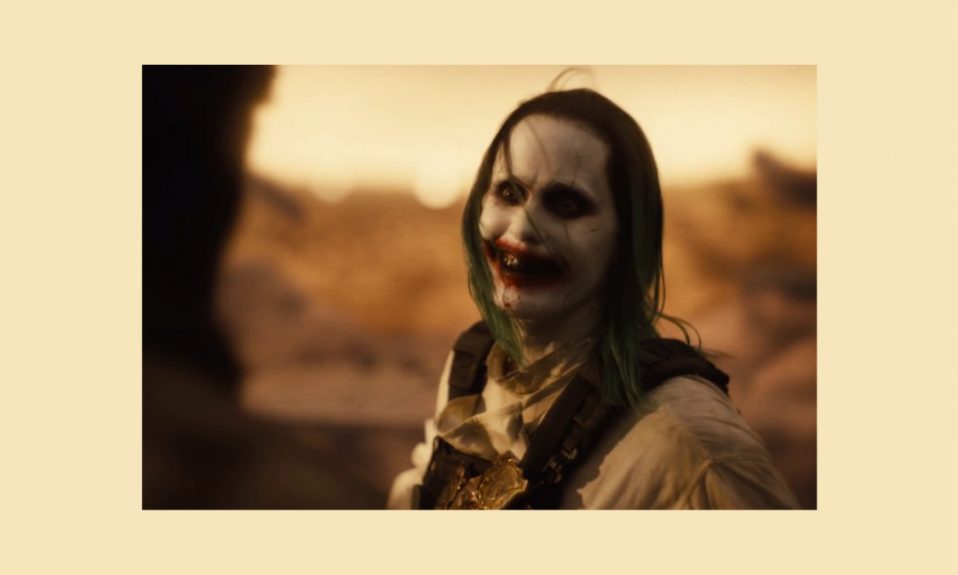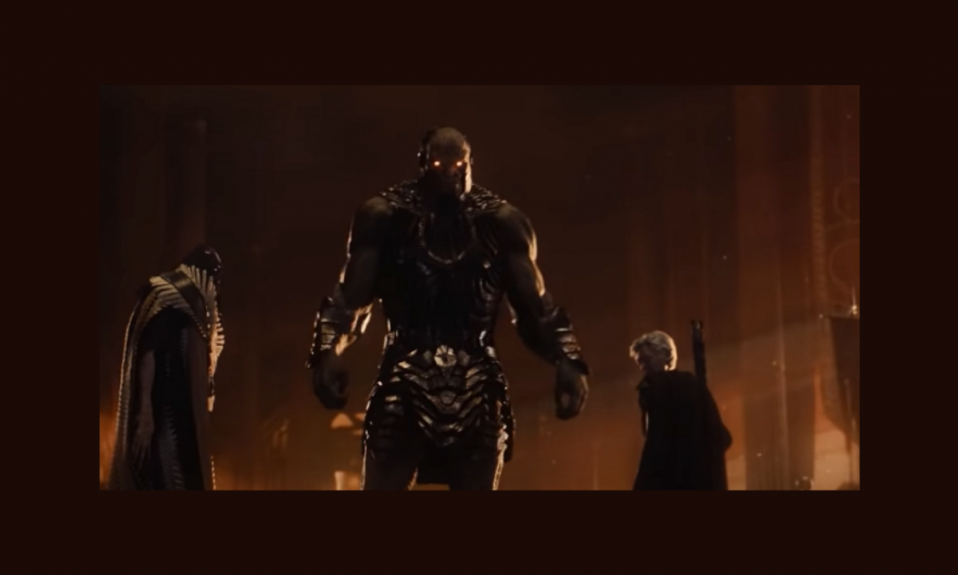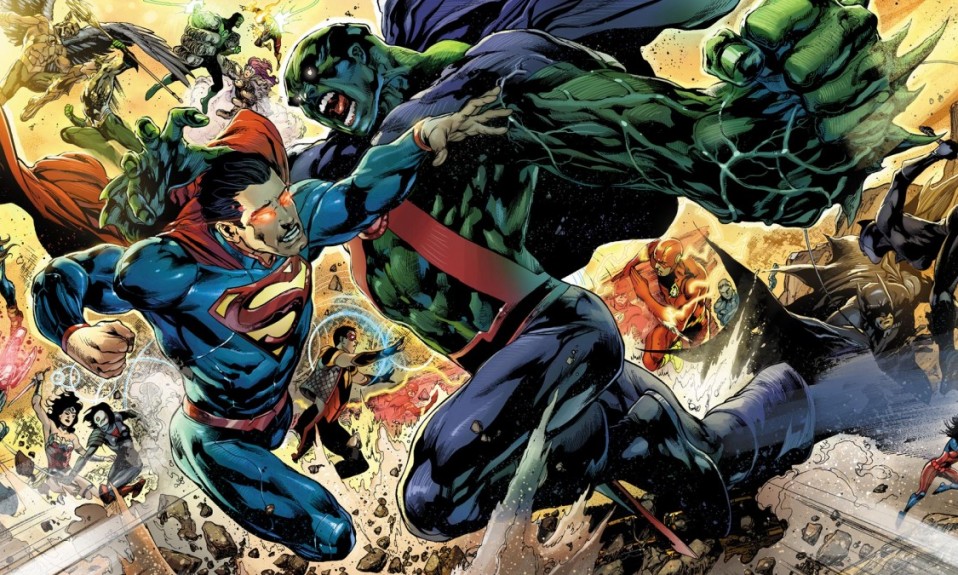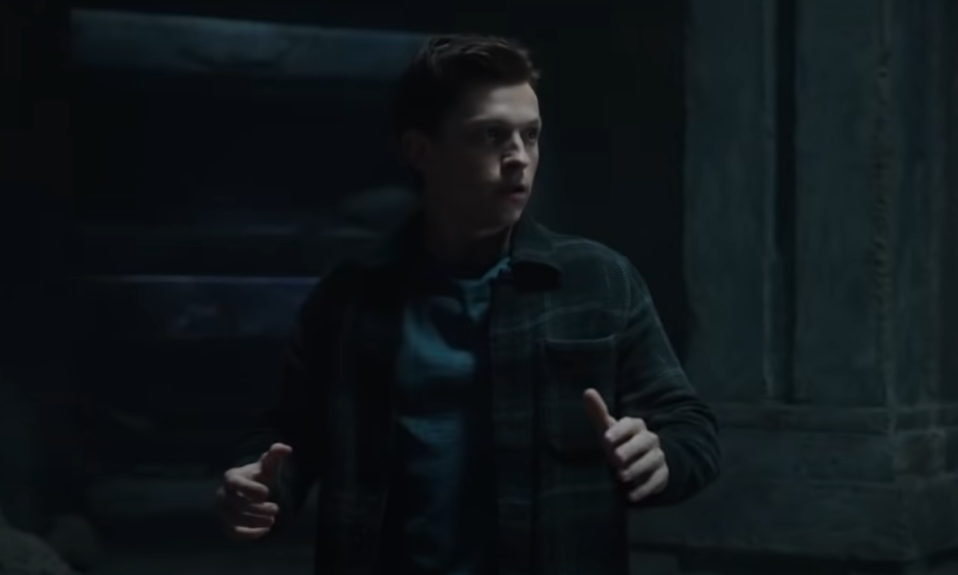Any fan watching Zack Snyder’s Justice League can tell that the movie is his ardent love letter to the DCEU. The level of creative license this brilliant man has taken with the movie is not just the thing that takes it to the next level, but also the reason for some delightful extras which we were sorely deprived of in Joss Whedon’s 2017 version.
While the extra scenes and background stories are the reason for the movie’s 4-hour long runtime, it is also thanks to those scenes that we are able to relate to the characters (not just the Superheroes) in a much deeper and meaningful manner. Snyder understood that in order for the movie to stick, we need to really get to know the characters at their most vulnerable, that there is a narrative that runs much deeper than the cape and that’s where the juiciest story lies.
How else would we be able to understand Cyborg’s resentment towards his father, had we not known the arc with his mother and the terrible accident. One of the most important arcs we get to see in the Snyderverse is the reason behind Batman’s desperation to create the Justice League. Of course, no ardent love letter to the DCEU is complete without at least one uncomfortable interaction between Batman and Joker. So here’s everything you need to know about the Joker epilogue.
The epilogue: Batman’s Knightmare
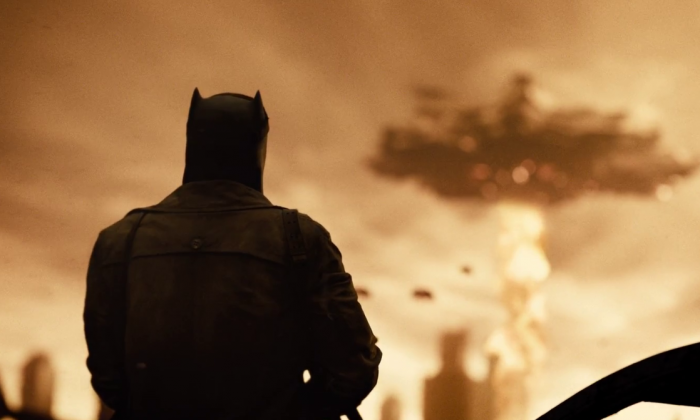
The Snyder cut has been divided into six parts and one intense epilogue which includes the scene with Batman’s Knightmare. When the scene begins, we’ve not been made privy to the fact that we are seeing one of Batman’s Knightmares as they are called, so we watched it with the assumption that whatever went down happened for real. In the Knightmare, Batman, along with a few Justice League members and Joker watch the devastation being wreaked upon whatever is left of the world by Darkseid and his warriors. It is rather clear that Batman and the Justice League failed to save planet Earth and everything has gone to hell. Conspicuously enough, there is no sign of Superman which means there was a big enough rift that Superman either bailed or worse, went over to the dark side and is now being controlled by the enemy.
As the uncomfortable conversation moves forward between Batman and Joker, we come to know that they have agreed to get into a rather uneasy alliance for unspecified reasons. Joker goes as far as to hand Batman a joker card to indicate the validity of this particular partnership. Both parties throw burns at each other, some of which include Harley Quinn’s utter detest for her lover and Joker’s brutal murder of Robin, the specific details of which are rather unclear. Overall, it was honestly a miracle that both of them did not come down to blows and end up killing each other.
This bleak timeline was an indication of just how bad things had gotten because of Lois Lane’s death. The only way to save the planet would be to go back in time and undo her death, thus ensuring that Superman remains on the good side.
Why was Joker in the epilogue?
Batman wakes up from his Knightmare and realizes that he had actually managed to save the planet along with the Justice League. The dream, however, was so vivid that one cannot help but wonder whether this actually does happen in an alternate timeline and the Batman of this timeline is being bombarded with imagery of the one from the other, messed-up one. But all speculation aside, this epilogue is in no way connected to the main plot of the movie. In fact, it’s highly unlikely that this portion of the epilogue has anything to do with any of the future Justice League sequels.
For Zack Snyder, this film was the last one for him far as his legacy with the Justice League goes. It was important for him to add Joker in some capacity because he will never have an opportunity to do another Justice League movie. Batman is simply not complete without a Joker, so even though there was no need for a one, Snyder specifically had extra scenes shot for the Knightmare to add a Batman and Joker interaction.
Who played Joker in Justice League?

Despite Joaquin Phoenix being the most recent Joker, Snyder chose to go ahead with Jared Leto for his version of the Justice League. Leto played The Joker in the 2016 film by the same name as well as in Suicide Squad. He will also be appearing in the 2021 Suicide Squad so it is safe to assume that he continues to play one version of the Joker. The Batman and Joker scene was not actually part of the film when it was made in 2017 before Joss Whedon stepped in. However, since this was his last goodbye, Snyder got Jared Leto on-board and shot a few final scenes during the lockdown. For him, the idea of his final film in DCEU without a Joker scene was simply unfathomable and Leto was more than happy to oblige.
The Joker scene was quite the build-up and fans undoubtedly expected something intense in terms of plot. But upon watching the epilogue, it’s apparent that the scene is more about Batman’s PTSD and less about Joker himself. Despite how truly extra the scene was, it’s worth mentioning how organically it fit into the narrative. The Batman and Joker conversation, though extremely tense, made sense at the time of a world-ending apocalypse. We also get to see what’s going on in Snyder’s own mind and the soft corner that he has for this villain. In such a terrible situation, even diabolical, crazy, and psycho like Joker will do whatever needs to be done in order to save the planet. That beyond all of Joker’s personal issues and absolute enmity with Batman, he understands the gravity of an apocalyptic situation and is willing to, when necessary, ally with the Superheros, if not become one himself in the process. The ending made Joker look good in a way that Joker would never look otherwise, he was almost humane for a second despite all the shade-throwing and passive-aggressive insults he threw at Batman. Indeed, considering how bleak Snyder movies generally tend to be, one cannot help but notice that he ended on a good note, one filled with hope and an exploration of the idea that there is good, even in the worst of us,


